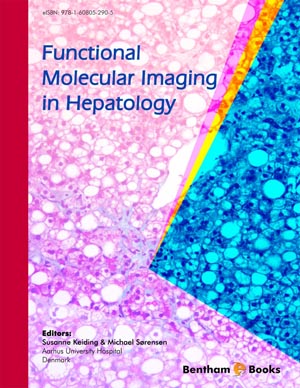Abstract
SHS investigation development is considered from the geographical and historical viewpoint. 3 stages are described. Within Stage 1 the work was carried out in the Department of the Institute of Chemical Physics in Chernogolovka where the scientific discovery had been made. At Stage 2 the interest to SHS arose in different cities and towns of the former USSR. Within Stage 3 SHS entered the international scene. Now SHS processes and products are being studied in more than 50 countries.
Abstract
Secondary liver lesions are frequently encountered in neuroendocrine tumours (NET) of the gastro-entero-pancreatic tract. Although conventional morphologic imaging modalities and somatostatin receptor scintigraphy (SRS) have been extensively used in past decades, with the advent of PET/CT, new diagnostic procedures are currently available with the employment of different beta emitting tracers. In fact NET can be easily visualised on PET scans using an array of both metabolic and receptor-based tracers. 3,4-dihydroxy-6-[18F]fluoro-L-phenylalanine (18F-DOPA) and 68Ga-DOTApeptides (DOTA-TOC, DOTA-NOC, DOTA-TATE) are very promising to image well-differentiated NET and were reported to be superior to other imaging modalities (CT, SRS). On the contrary, the role of 18F-FDG is limited in well-differentiated NET, due to their low glucose metabolism and growth rate, while it can still provide valuable information in less differentiated NET or in forms with lower expression of somatostatin receptors.
Recommended Chapters
We recommend

Authors:Bentham Science Books


 Download PDF Flyer
Download PDF Flyer



